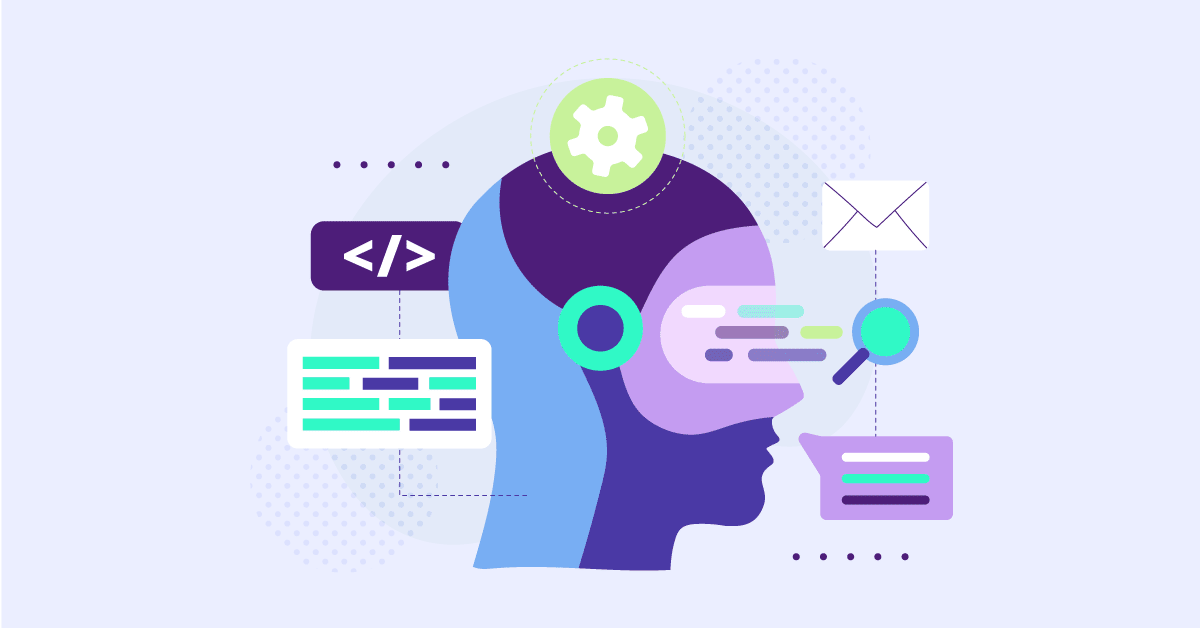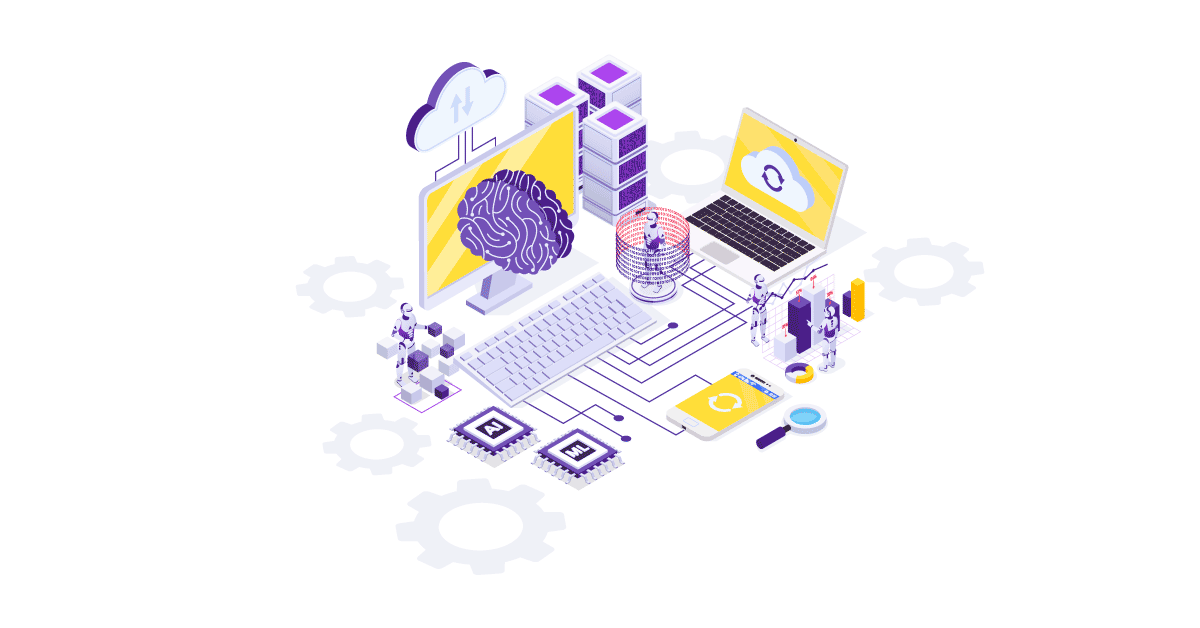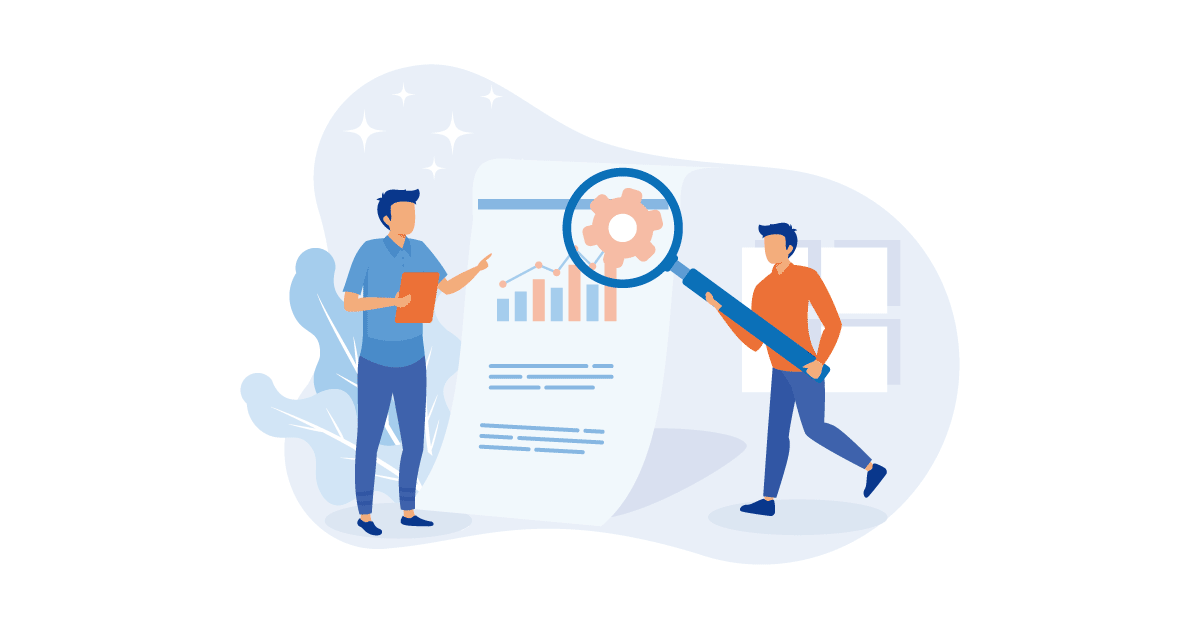In our rapidly evolving digital landscape, the harmonious integration of systems, applications, and data has become the lifeblood of modern businesses, empowering them to thrive amidst fierce competition. As technology advances at an astonishing pace, the future of integration brims with boundless potential and exhilarating prospects. Emerging technologies and transformative trends will shape the very fabric of integration in the days to come.
This article delves deep into the captivating world of integration, uncovering its hidden treasures and unveiling the pathways to success. We will explore the practical applications of these cutting-edge technologies.
But before we embark on this discovery, it is essential to recognize the central role that iPaaS plays—iPaaS serves as our trusted guide, leading us through the intricate labyrinth of integration possibilities. With its ingenious solutions and cloud-based prowess, iPaaS empowers organizations to seamlessly connect their disparate systems, applications, and data sources. From the mesmerizing depths of the digital realm, iPaaS emerges as the enabler, the bridge that connects the dots and propels us toward a future of unparalleled connectivity and innovation.
Let’s explore the emerging technologies and trends that will shape the future of integration, along with their real-world applications and the role of iPaaS in enabling these advancements.
Aonflow iPaaS – Free for First 3 Months!
Build and run up to 1,500 transactions monthly with no cost. No payment info needed!
Artificial Intelligence and Machine Learning Integration
Artificial Intelligence (AI) and Machine Learning (ML) are revolutionizing the way businesses operate. Integrating AI/ML capabilities into existing systems can enhance decision-making, automate processes, and enable predictive analytics.
According to Gartner, it is estimated that 75% of organizations and businesses will transition from piloting AI to operationalizing it by 2024. This shift is expected to lead to a significant increase, up to fivefold, in data analysis and collection across various industries.
For instance, an e-commerce platform can leverage AI algorithms to provide personalized product recommendations, optimize pricing strategies, and streamline supply chain operations. AI/ML integration can also be applied in healthcare, where machine learning algorithms can analyze medical images for early detection of diseases, assist in diagnosing conditions, and recommend personalized treatment plans.
Internet of Things (IoT) Integration
The proliferation of IoT devices has generated a massive influx of data. Integrating IoT devices with enterprise systems enables organizations to harness valuable insights and drive efficiency. For example, in the manufacturing industry, IoT integration can connect production machinery, sensors, and quality control systems, allowing real-time monitoring of equipment health, predicting maintenance needs, and optimizing production processes. In the transportation sector, IoT integration can provide real-time vehicle tracking, monitor fuel consumption, and enable predictive maintenance to improve fleet management.
Blockchain Integration
Blockchain technology has gained significant attention due to its potential for secure and transparent transactions. Integrating blockchain into existing systems can enhance trust, eliminate intermediaries, and improve data integrity. Use cases include supply chain management, where blockchain integration enables traceability and authenticity verification. By leveraging blockchain, organizations can track the movement of goods, verify product origins, and ensure ethical sourcing. In the financial sector, blockchain integration can enhance security and reduce fraud by enabling secure and immutable transactions, simplifying cross-border payments, and eliminating the need for intermediaries.
Edge Computing Integration
Edge computing brings computation and data storage closer to the source of data generation, enabling real-time processing and reduced latency. Integrating edge computing with existing systems allows for faster decision-making and improved operational efficiency. For instance, in the manufacturing industry, edge computing integration can enable predictive maintenance, real-time quality control, and optimized resource allocation. In the healthcare sector, edge computing integration can facilitate remote patient monitoring, real-time analysis of vital signs, and immediate responses to critical health events.
Augmented Reality (AR) and Virtual Reality (VR) Integration
AR and VR technologies are transforming industries such as retail, education, and entertainment. Integrating AR/VR capabilities into existing systems can enhance customer experiences, training programs, and design processes. For instance, in the retail sector, AR integration enables virtual try-on experiences, personalized recommendations based on customer preferences, and interactive shopping environments. In the education sector, AR/VR integration can provide immersive learning experiences, virtual field trips, and simulations for training purposes. Architects and designers can use AR/VR integration to visualize and modify designs in real time, improving collaboration and reducing costly iterations.
Robotic Process Automation (RPA) Integration
RPA involves the automation of repetitive tasks using software bots, freeing up human resources for more strategic activities. Integrating RPA into existing systems can significantly improve efficiency, accuracy, and cost-effectiveness. Use cases range from finance and accounting, where RPA can automate invoice processing and reconciliation, to customer service, where it can streamline ticket management and response times. RPA integration can also be applied in HR processes, automating employee onboarding, payroll processing, and benefits administration.
iPaaS: Enabling Seamless Integration
iPaaS plays a pivotal role in enabling the future of integration. iPaaS provides a cloud-based platform for connecting disparate systems, applications, and data sources. It offers a range of features, such as pre-built connectors, data mapping, and workflow automation, simplifying the integration process.
In today’s market, customers have high expectations for personalized experiences. Studies indicate that approximately 80% of customers are more inclined to make a purchase when they perceive a shopping page to be customized according to their preferences. As the trend of data integration continues to grow, the demand for personalization will only increase. Businesses are constantly exploring different methods and strategies to create a more integrated customer experience.
To meet these demands, iPaaS solutions provide robust support for a wide range of integration patterns and protocols. This enables organizations to achieve seamless connectivity across their entire ecosystem, ensuring that data flows smoothly between various systems and platforms. iPaaS acts as a central hub, facilitating the integration and synchronization of data from different sources, enabling businesses to deliver personalized experiences to their customers.
Aonflow is the leading integration platform.
You can kick-start by integrating your first-ever workflow in just a matter of minutes.
iPaaS Use Cases
E-commerce Integration: iPaaS enables integration between e-commerce platforms, payment gateways, inventory management systems, and customer relationship management (CRM) tools, providing a unified view of customer data, inventory levels, and sales analytics. This integration allows businesses to offer personalized recommendations, manage inventory efficiently, and provide a seamless shopping experience.
E-commerce Marketplace Integration: iPaaS can connect e-commerce platforms with online marketplaces, such as Amazon, eBay, or Shopify. This integration automates inventory management, order fulfillment, and product listing synchronization. For instance, iPaaS can integrate an e-commerce platform with an online marketplace, automatically updating product listings, inventory levels, and order status, ensuring consistency across multiple sales channels.
Hybrid Cloud Integration: iPaaS facilitates integration between on-premises systems and cloud applications, enabling organizations to adopt a hybrid cloud strategy. This integration allows for seamless data flow, ensuring consistency and real-time synchronization across hybrid environments. For example, iPaaS can connect an on-premises CRM system with a cloud-based marketing automation platform, enabling the exchange of customer data and campaign insights.
Data Integration and Analytics: iPaaS supports the integration of diverse data sources, such as databases, APIs, and data lakes, enabling organizations to aggregate, cleanse, and analyze data for actionable insights. This integration helps businesses make data-driven decisions and uncover hidden opportunities. For instance, iPaaS can integrate data from customer surveys, social media platforms, and sales transactions to provide a comprehensive view of customer preferences, sentiment analysis, and predictive analytics for targeted marketing campaigns.
IoT Integration and Management: iPaaS plays a vital role in connecting and managing IoT devices, sensors, and gateways. It enables organizations to collect, process, and analyze data from IoT devices, facilitating real-time monitoring, predictive maintenance, and data-driven decision-making. iPaaS can interact with IoT platforms, allowing organizations to automate workflows based on specific events or conditions. For example, iPaaS can connect a fleet management system with IoT sensors on vehicles to monitor fuel consumption, engine health, and driver behavior, enabling proactive maintenance and optimizing fuel efficiency.
Supply Chain Integration: iPaaS can facilitate seamless integration across the supply chain, connecting suppliers, manufacturers, distributors, and retailers. It enables real-time visibility into inventory levels, order status, and logistics information. For example, iPaaS can integrate an inventory management system with supplier systems, enabling automatic replenishment based on demand, reducing stockouts, and optimizing inventory levels.
Human Resources Integration: iPaaS can streamline HR processes by integrating various HR systems, such as payroll, benefits administration, and applicant tracking. This integration enables data synchronization, eliminates manual data entry, and improves data accuracy. iPaaS can connect HR systems with employee self-service portals, allowing employees to access and update their information easily.
Marketing Automation Integration: iPaaS enables integration between marketing automation platforms, CRM systems, and customer data sources. This integration ensures seamless data flow, enabling personalized and targeted marketing campaigns. For instance, iPaaS can connect a CRM system with a marketing automation platform, enabling the automatic transfer of leads, tracking campaign performance, and delivering personalized content based on customer behavior.
Financial Systems Integration: iPaaS can connect financial systems, such as accounting software, payment gateways, and banking platforms. This integration streamlines financial processes, automates reconciliation, and provides real-time financial visibility. For example, iPaaS can integrate an e-commerce platform with accounting software, automatically syncing sales data, generating invoices, and updating financial records.
Customer Service Integration: iPaaS integration can enhance customer service by connecting customer support systems, ticketing platforms, and knowledge bases. This integration enables a unified view of customer interactions, efficient ticket management, and personalized customer support. iPaaS can integrate customer support systems with CRM platforms, providing agents with comprehensive customer information and enabling personalized and efficient support.
Data Migration and Legacy System Integration: iPaaS can assist in migrating data from legacy systems to modern platforms, ensuring a smooth transition and data integrity. This integration helps organizations modernize their infrastructure, retire outdated systems, and unlock the benefits of cloud-based solutions. iPaaS can connect legacy systems with cloud applications, enabling data migration, bidirectional data synchronization, and gradual system decommissioning.
Collaboration and Communication Integration: iPaaS can integrate collaboration tools, such as project management software, team messaging platforms, and document-sharing platforms. This integration enhances cross-functional collaboration, improves communication, and streamlines project workflows. For example, iPaaS can integrate project management software with team messaging platforms, allowing project updates, notifications, and file sharing to be seamlessly integrated into team communication channels.
Sales and Customer Relationship Management (CRM) Integration: iPaaS enables seamless integration between CRM systems, sales tools, and customer data sources. This integration provides a comprehensive view of customer interactions, empowering sales teams with real-time customer insights, personalized recommendations, and streamlined sales processes. iPaaS can connect CRM systems with email marketing platforms, allowing for automated lead generation, nurturing campaigns, and synchronized customer data.
Event Management Integration: iPaaS can streamline event management processes by integrating registration platforms, event marketing tools, and CRM systems. This integration enables seamless attendee data management, automated communications, and real-time event analytics. For example, iPaaS can connect event registration platforms with CRM systems, ensuring attendee data is captured and synced across both systems, providing a holistic view of event participants.
Social Media Integration: iPaaS facilitates the integration of social media platforms with other systems, such as CRM, marketing automation, and customer support. This integration enables organizations to monitor social media activities, engage with customers, and analyze social media data for insights. iPaaS can connect social media platforms with CRM systems, allowing for seamless lead generation, social listening, and targeted social media campaigns.
Healthcare Integration: iPaaS plays a vital role in healthcare integration by connecting electronic health record (EHR) systems, laboratory information systems, and healthcare applications. This integration enhances patient data management, interoperability, and care coordination. iPaaS can facilitate the secure exchange of patient data between healthcare providers, improving patient outcomes, reducing errors, and enabling more efficient healthcare delivery.
Education Technology Integration: iPaaS can integrate various educational technology systems, such as learning management systems (LMS), student information systems (SIS), and content management platforms. This integration enables seamless data flow, automated workflows, and personalized learning experiences. For example, iPaaS can connect an LMS with a content management system, ensuring that course materials, student data, and assessments are synchronized, providing a unified learning environment.
Travel and Hospitality Integration: iPaaS facilitates integration across the travel and hospitality industry, connecting hotel management systems, booking platforms, and customer relationship management tools. This integration streamlines booking processes, enables personalized guest experiences, and facilitates data-driven decision-making. iPaaS can integrate hotel systems with online booking platforms, ensuring real-time availability, automatic reservation syncing, and personalized guest preferences.
With the power of Aonflow iPaaS integration, organizations can unlock endless possibilities across various sectors and functions. These additional use cases highlight the versatility and value that iPaaS brings to different industries, enabling seamless connectivity and driving business success.
Final Thoughts
The future of integration holds immense potential for organizations seeking to unlock the power of emerging technologies. Artificial Intelligence, the Internet of Things, Blockchain, Edge Computing, Augmented Reality, Virtual Reality, and Robotic Process Automation are just a few examples of the transformative technologies that will shape the integration landscape. With iPaaS as a central enabler, businesses can seamlessly connect and leverage these technologies to drive innovation, improve operational efficiency, and deliver superior customer experiences. Embracing these emerging technologies and trends will position organizations at the forefront of the integration revolution, enabling them to thrive in the digital era.
Aonflow iPaaS – Free for First 3 Months!
Build and run up to 1,500 transactions monthly with no cost. No payment info needed!


